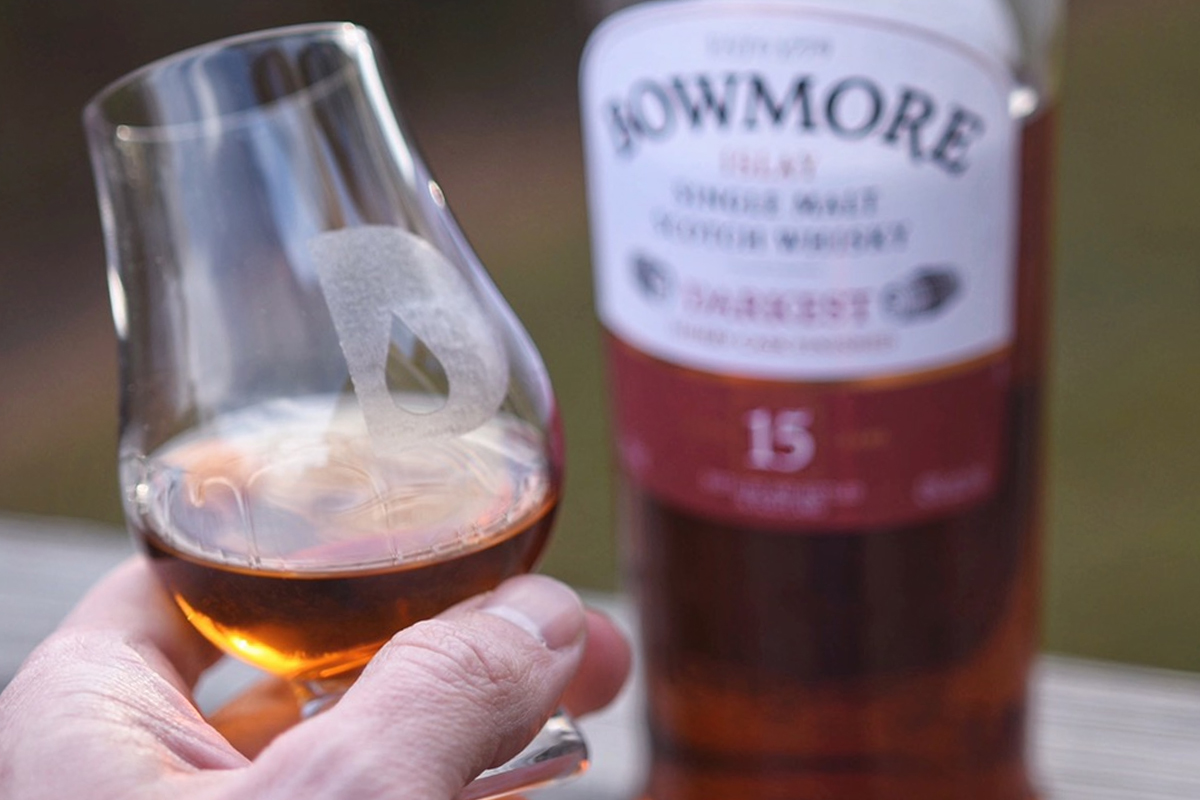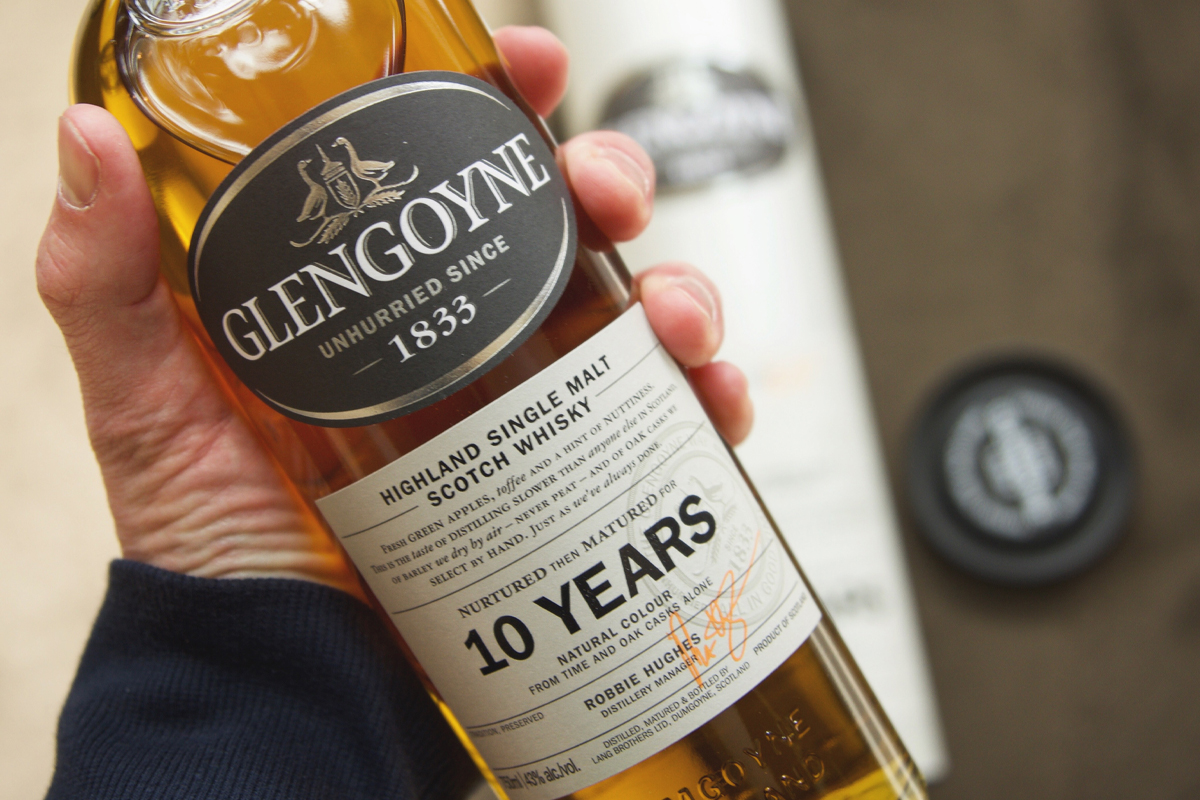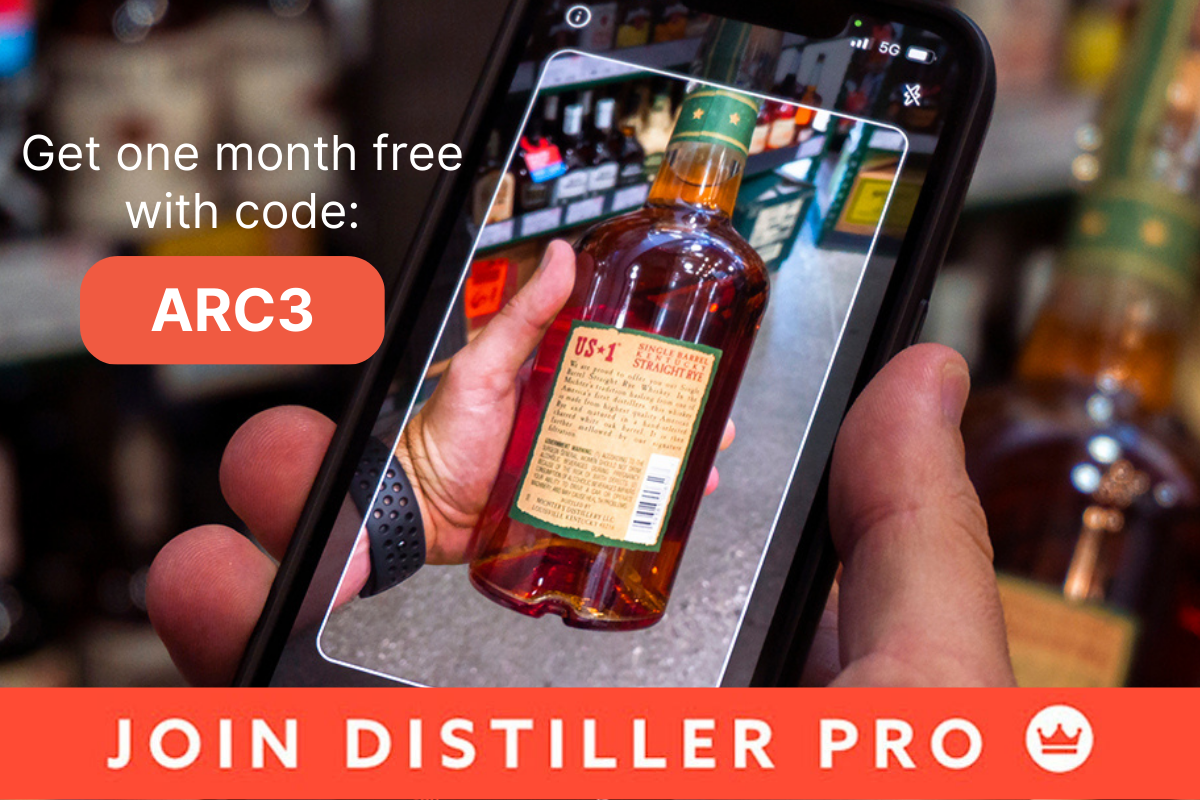The age of a whiskey is determined by the amount of time it spends in a wooden barrel, usually oak. When you see a whiskey with an age statement — “X” number of years old on its label — that number indicates that the youngest drop of whiskey in the bottle is at least that old. This means that there can be whiskey in the bottle that is older, but it can’t be any younger.
How Young Can a Whiskey Be?
Interestingly, minimum aging requirements vary around the globe. So we’ll start with a rundown of the major whiskey making countries.
United States
Surprisingly, there isn’t a minimum age requirement in the US. American whiskeys can merely touch the inside of a wooden container and be called whiskey (or bourbon, or rye, etc.), although there are few producers who practice such nonsense.
That said, an age statement is required to be listed on the label for American whiskeys if they are younger than four years old. But if a whiskey is older than that, the maker needn’t list the age on the label. It is entirely up to them.
Additionally, in order to be called a straight whiskey, the whiskey must be at least two years old. And if you have a bottled-in-bond whiskey, that means it’s at least four years old. Straight and BIB whiskeys are strictly US terms.
Scotland, Ireland, and Canada
All types of whiskeys made in Scotland, Ireland, and Canada must be at least three years old. A number isn’t required to be on the label, but if there is an age listed, every drop has been aged for at least that amount of time. This goes for blends, single malts, and other styles of whiskeys made in these countries.
Japan
Although Japan currently doesn’t have an minimum aging requirement for its whiskeys, there are plans to enforce a 3 year minimum beginning in spring 2024.
What does NAS mean?
NAS in the whiskey world means “no-age statement.” If a whiskey has met its minimum aging requirements in the country of origin, there needn’t be an age listed on the label. Some of the most popular whiskeys in the world do not have an age statement including Jack Daniel’s, Jameson, and Johnnie Walker Red Label.
Does Whiskey Age in Bottle?
No. After whiskey is dumped from the barrel and filled into a bottle, it stops aging. So that 12-year-old dusty Scotch whisky bottle you found in your grandparent’s house isn’t 50 years old. It’s still just 12 years old.
Is Older Whiskey Better?
Again, the short answer is no. But the longer answer is maybe? An age statement tells you part of the story, but it doesn’t tell you the ENTIRE story. One 18 year-old bourbon might be dynamic and flavorful, but another 18 year-old bourbon might be oaky and bitter. There is a balance that makers are looking for and that “sweet spot” of time will vary from region to region and from maker to maker. Furthermore, there are so many variances a maker can choose in whiskey production from the grains to the cask types to the management of the casks. Each of these factors can alter the quality of a whiskey.
To further elaborate on that loaded question: not everyone has the same palate. What I find desirable in a whiskey may not be what you like. But if you’re unsure of what you like, the best way to find out is to keep on tasting. You’ll eventually find your own sweet spot.
Learn the Age of Any Bottle in a Snap
Scan any bottle with the Distiller app to see all the details from age to ABV to country and more! When you upgrade to Distiller Pro you’ll gain access to flavor search, ad-free barcode scanning and more. Plus as an exclusive article discount we’re giving you a free trial month when you use code ‘ARC3’ at checkout.
Discover flavor profiles, read reviews, add your favorites to lists and more! Download here.
With Distiller, you’ll always know what’s in the bottle before you spend a cent. Rate, Review and Discover spirits! Head on over to Distiller, or download the app for iOS and Android today!




